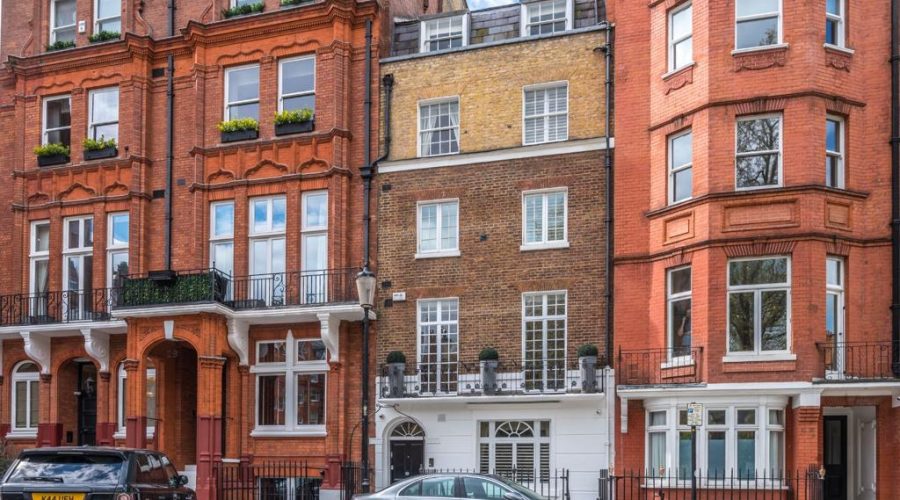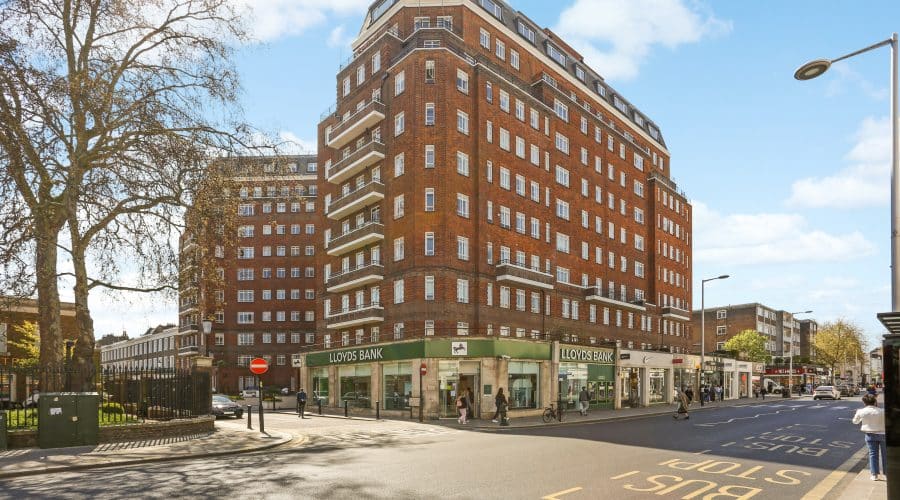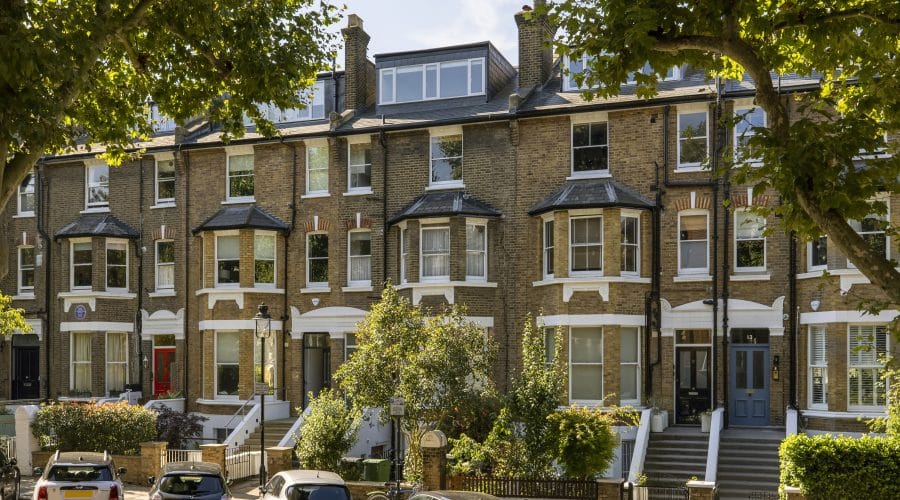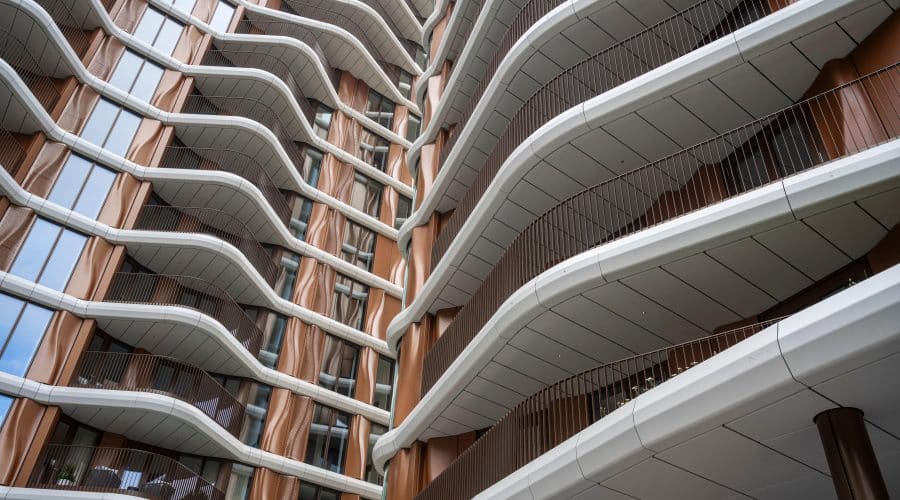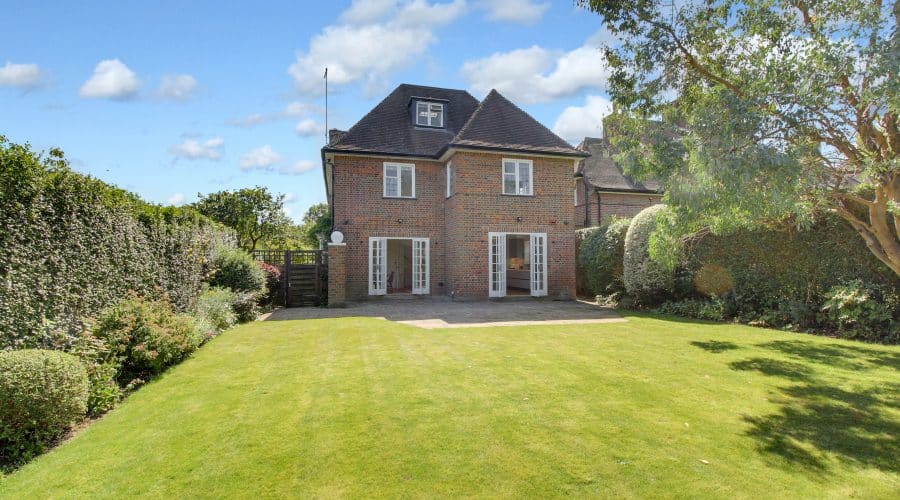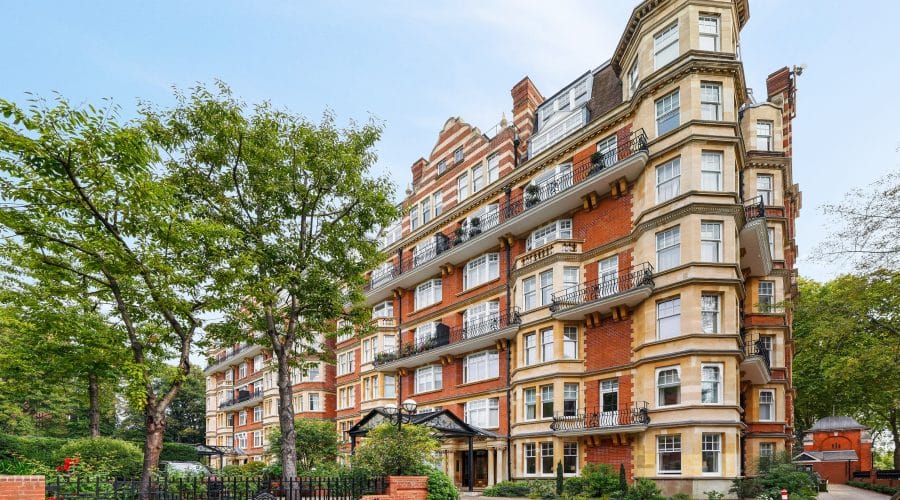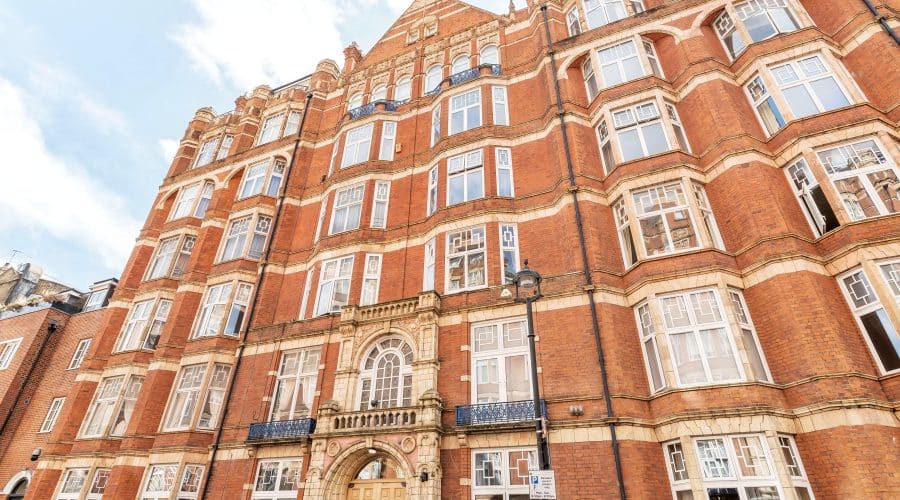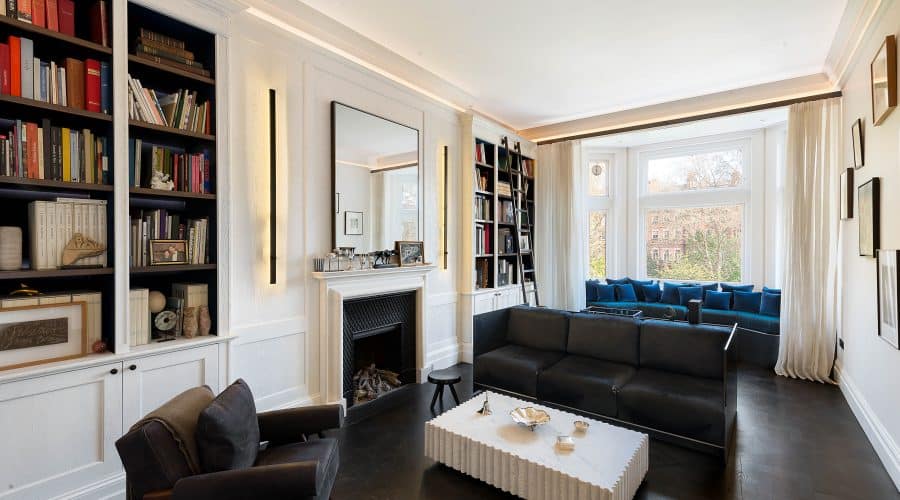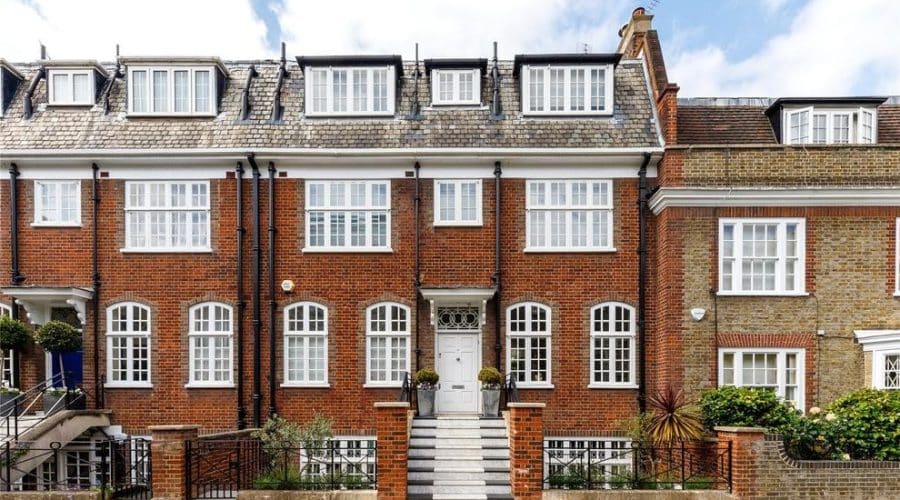Regulations have made it more complicated for developers to build sprawling lateral flats in prime central London, creating scarcity that could pay off for buyers of such homes
By Claire Carponen
London building restrictions are making sprawling single-story luxury apartments harder to find even as their appeal skyrockets—presenting a situation that nearly promises buyers of such units future financial upside.
Since 2019, it’s become more complicated for developers to build large lateral flats—homes roughly defined as 2,000 square feet or more—in many parts of central London, curbing the number of new homes of that size coming along the pipeline. The slowdown is happening amid a return of international buyers to London, many of whom prefer a luxury unit in a new development to the city’s abundant terraced houses or older apartment stock, agents say.
Lateral flats are homes that are set across one level but have as much space as a multistory townhouse. They offer flexible living spaces without staircases taking up space and interrupting layout flow.
“Global buyers are back in London, and they form the biggest market for luxury lateral flats, along with the local downsizer market,” said Stuart Bailey, Knight Frank’s regional partner and head of prime regional sales in London. “Things have shifted from a few years ago, when the domestic market dominated, the hottest market was family houses with gardens and there were few international purchasers due to the pandemic.”
International buyers purchased 45% of homes sold in central London’s most affluent postcodes in 2023, up from 39% in the year prior and back to levels seen pre-Covid in 2019, according to data by Hamptons estate agency.
“Buyers from the European Union and Asia were the driving force behind this resurgence. Meanwhile, the data suggests a tapering interest from Middle Eastern buyers and Americans,” said the report, which was released in February.
Meanwhile, “supersized” lateral flats that measure between 3,000 square feet and 7,000 square feet—the equivalent of seven typical one-bedroom flats—with three or more bedrooms are even rarer. You’re unlikely to find more than a few on the market at one time, and you’ll need deep pockets, said Ed Lewis, who is head of London residential development sales at Savills. One of the largest laterals on the market currently is a 7,626-square-foot apartment property in Belgravia, that has six bedrooms and spans the width of three townhouses. It’s asking £43.7 million (US$55.2 million).
“Luxury lateral flats are seen as a good long-term investment by many wealthy overseas families,” Lewis said.
Lewis cites the Whiteley scheme in Bayswater, west London, as an example of returning demand for lateral homes. The project is a redevelopment of a 1910s Art Deco department store into 139 large apartments and a Sixth Senses hotel and spa. In February, it had its highest viewing week, attracting “around 30 genuine buyers,” Lewis said. Since the Whiteley launched last year, 65% of its units have been sold, he said.
Restrictions Lead to Scarcity
The 2000s were the heyday for luxury apartment development in London. Units got larger and more lavish, with a greater focus on in-building lifestyle amenities.
The arrival of new-build super-prime developments in 2006, such as One Hyde Park in Knightsbridge, created a new supply of spacious, supersized homes. In 2021, an 18,000-square-foot duplex penthouse in the development sold for £175 million.
But now the resurgence of strong demand is running up against relatively recent restrictions on how developers can build new units in the affluent core of the city. The result is that there are far fewer projects with luxury lateral homes compared to 20 years ago, according to agents.
In recent years, local building councils have cracked down on the creation of larger-sized properties in response to a housing shortage in the capital. One criticism, for instance, is that knocking through two or more units to create a single apartment results in the loss of total homes.
The Royal Borough of Kensington & Chelsea, which includes Chelsea, Kensington, Knightsbridge and Belgravia, only allows for the amalgamation of two dwellings if the floor space is under 170 square meters (or 1,829 square feet), according to its Local Plan 2019.
Meanwhile, Westminster’s City Plan 2019 to 2040 states that no new homes in its boundaries—which include the smaller districts of Soho, St. James, Mayfair, Covent Garden, Pimlico, Victoria, and parts of Belgravia and Knightsbridge—will exceed 200 square meters of gross internal area (or 2,153 square feet), except where it is necessary to protect a heritage asset.
“Given the planning restrictions on the size of new apartments in areas such as the Royal Borough of Kensington and Chelsea and Westminster—the days of any newly built large laterals coming through the planning system are numbered,” Lewis said. “Those that are built or have planning will become highly sought after.”
As such, large lateral homes in those affluent areas command super-prime prices of £10 million or more. Their price per square foot depends on factors like the location and condition, but buyers in prime central London can expect to part with between £2,000 per square foot and £5,000 per square foot, but it can be considerably more for an exceptional home, Bailey said.
While the majority of lateral flats are purpose-built, some of the most desirable are converted period properties, according to agents, as they offer a historic frontage with modern interiors. Lateral period conversions comprise two or more adjacent flats combined to create a single property with a long frontage.
For instance, in London’s Eaton Square, in Belgravia, rows of pale stucco terraces of townhouses contain lateral period conversions. But most are individually owned and lie in conservation areas, which have restrictive rules around development, so more large-scale apartments are not easy to create.
That scarcity is likely to pay off for owners of large, modernized apartments whether in Belgravia or elsewhere in central London. Indeed, the strength of the prime apartment market was a main theme among 2024 market outlooks for prime central London. In its forecast, real estate agency Black Brick noted the growing awareness that current luxury developments launches could be the last opportunity to score something brand new.
“What this means is that there are going to be no more of these mega super-prime new build flats like the Peninsula in Belgravia and Chelsea Barracks,” said Camilla Dell, managing Partner and founder of Black Brick, in the report. “Prices are going to go up because they will become increasingly rare.”


